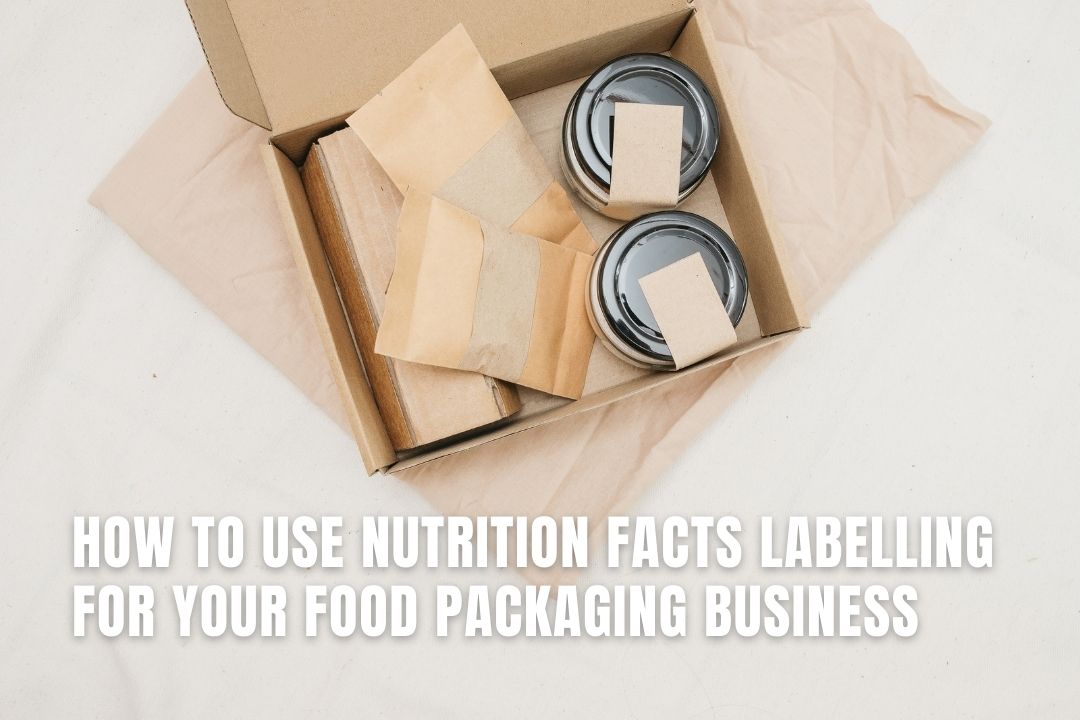
With food labels, your customers would be able to get the correct information about the healthiness of their food and the benefits they stand to gain from a nutritious diet.
Nutrition facts labelling should also give your customers information about the packaged food, storage instructions, ingredients list, and shelf life to help them make informed decisions.
Let's find out how to use nutrition facts labelling for your food packaging business.
For specific details on how to implement these practices in your food packaging business, I recommend consulting the original article once the technical issues are resolved or seeking guidance from a regulatory expert in your region.
People who have food allergies can be seriously affected if they eat foods that are allergic to them. Hence they are cautious about the food they eat.
When a person eats an allergic food, they get allergic reactions which in some cases can be life-threatening and severe. So, as a food packaging business owner, you must know the allergens that you should include in your food packaging.
As a food packaging business, your nutrition facts label should have a section for calorie information or energy amount that a food serving provides. When your customers consume less or more than the correct serving size, this labelling will let them know about their calories.
It is a legal requirement for food packaging businesses to show the nutritional information of every packaged food on its back. In addition to performing your legal responsibility, nutritional information would help your customers lead safer and healthier lives.
If you are not sure what your packaged food contains, you can visit food laboratories to get an accurate list of ingredients and nutrition analysis. Most customers want to know the nutritional information of what they buy, especially as health issues and food diseases are increasingly becoming common.
So, most people usually choose nutritional food; therefore, they have to know the food's dietary and nutrition information.
The serving size is a piece of essential information meant to be found on a nutrition facts label. This is because all other pieces of information on the nutrients fact label are usually based on the serving size.
For example, the serving size indicates the amount of food you should eat each time. Additionally, every nutritional label information is based on a single food serving.
Customers are also concerned about where their packaged food comes from. As a result, most people usually choose local food packaging businesses since they would reduce carbon footprints and, at the same time, support local businesses.
Other factors also affect the importance of food origin information on nutrition facts labels. For example, some people want free-range, fair trade, or organic foods.
So, putting this origin information in your nutritional label would help your customers make informed decisions and know where the food comes from.
Every food manufacturer or producer should always display a nutrition fact label on their packaged food. Having a nutrition label with all included ingredients shows your product nutrient profile and shows your customers what to avoid, like allergies and what ingredients are used in the food.
This allows your business to increase its market share by gaining a competing edge.
Related Articles: